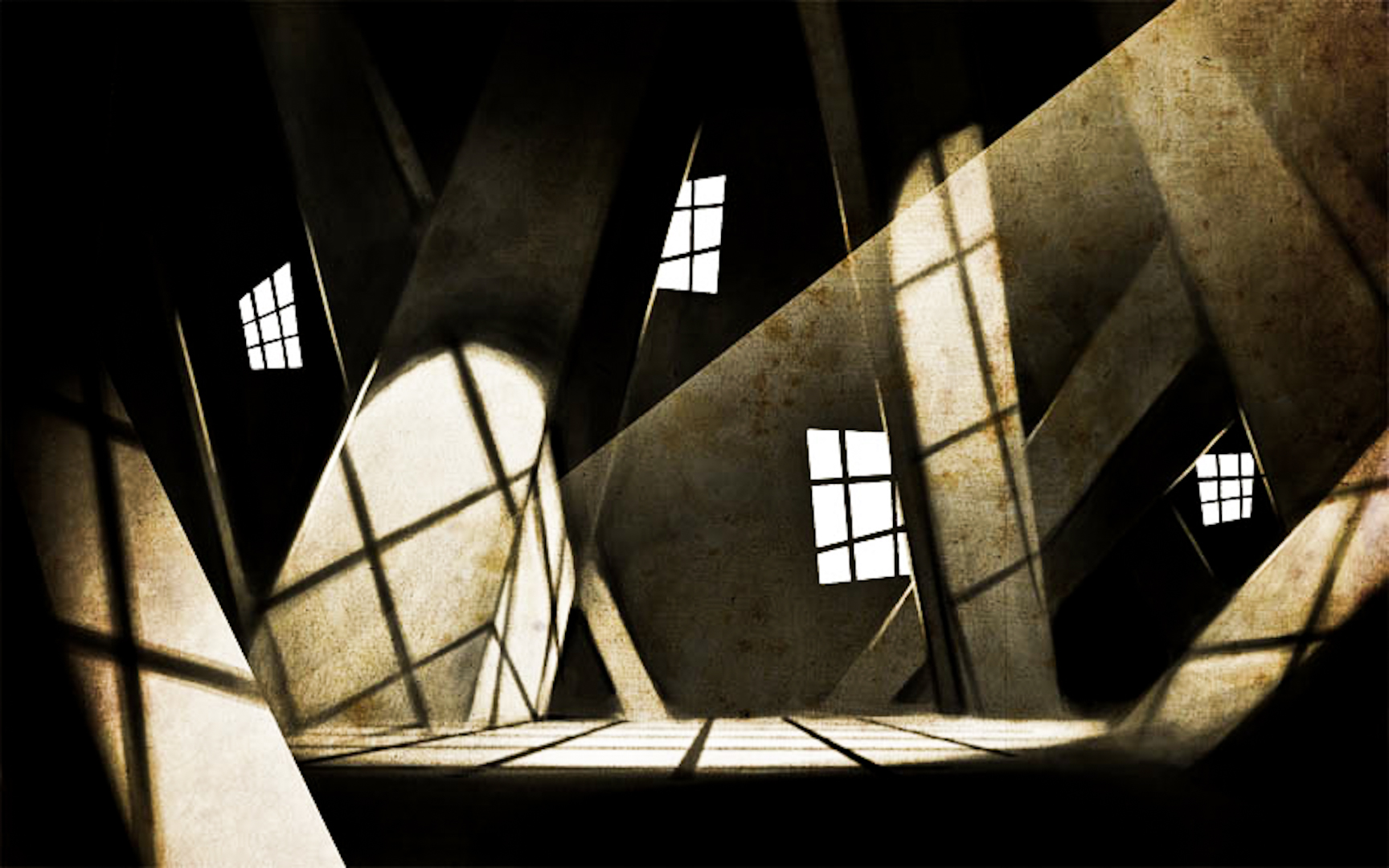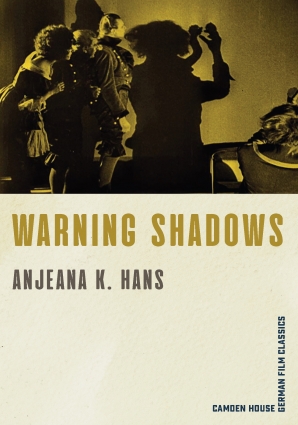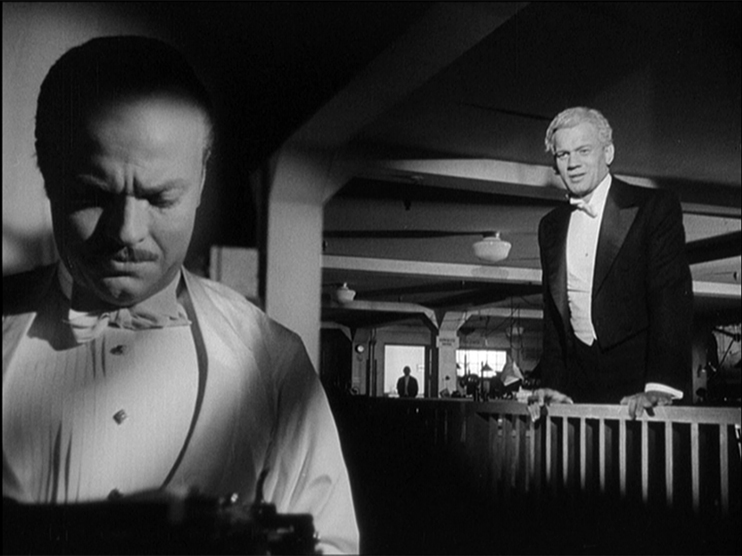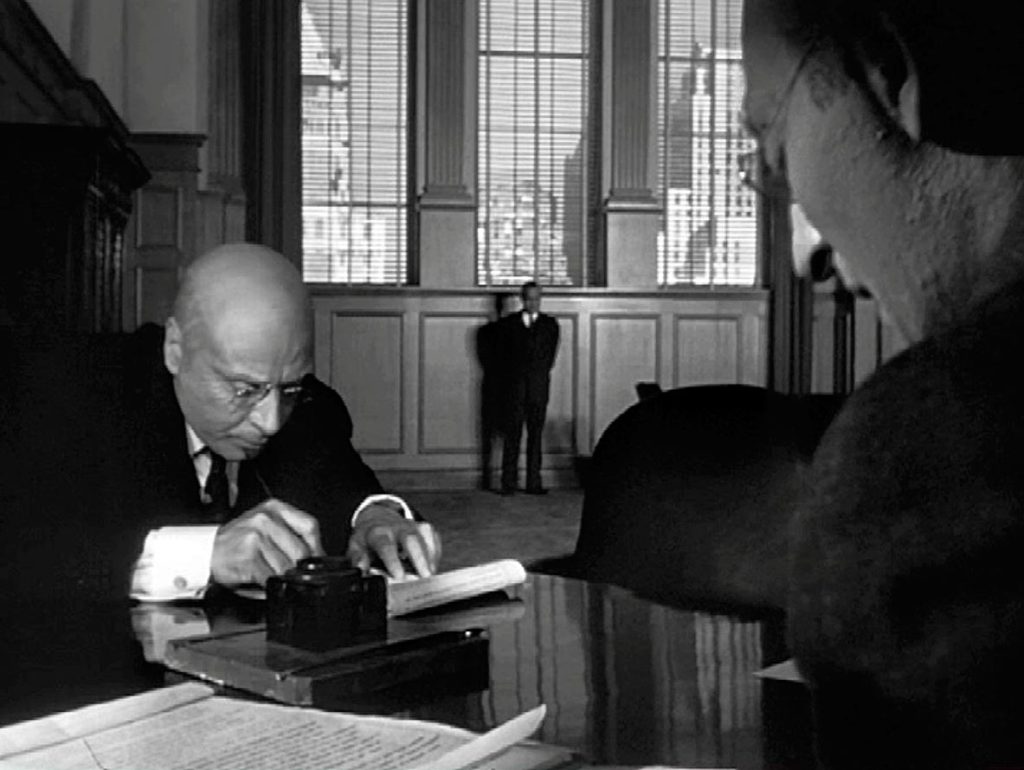End of WW1 : 1918
After the war the Allies joined to together and formed a treaty as a way to punish Germany, The Treaty of Versailles. Germany was forced to sign the treaty that established peace between all the nations and take responsibility for the war. Germany was crippled financially, socially, and had a reduced militia. This eventually lead to the economic crisis in 1923.
During the years after the war UFA aimed to publicise German culture and improve the public image of Germany which had been stained after the war. German expressionism was completely banned in some countries which limited their ability to reach international audience. The depression that followed during their economic crises was manifested into their films and media – Despair, twisted, distorted
Films released: 1923 Germany
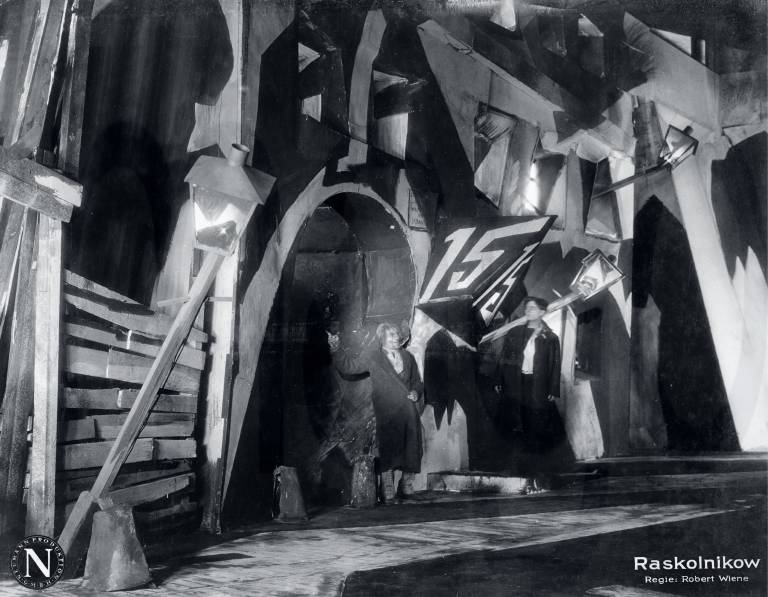
Scene from the 1923 film Raskolnikow – based on Crime and Punishment by Dostoyevsky, directed by Robert Wiene (27 April 1873 – 17 July 1938) an important film director of the German silent cinema. Supplied By: SCRSS – Society for Co-operation in Russian & Soviet Studies, Russia Federation
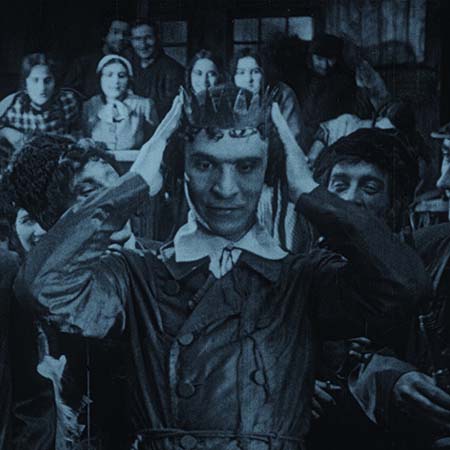
Scene from the 1923 film The Ancient Law directed by E.A -a German silent drama film that follows the story of the son of a Rabbi and the hostility he faces from his father. Supplied By: wikipedia /The_Ancient_Law


